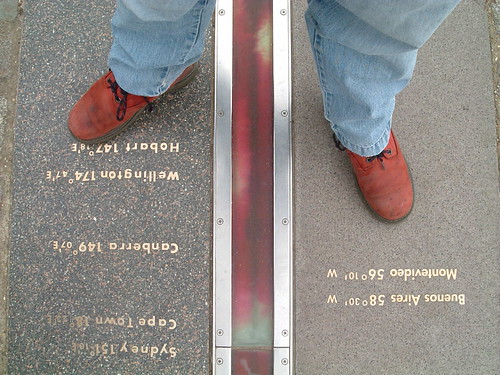2013 - The Year Of The Tangible Map And Return Of The Map As Art
Looking back at the conference talks I gave and the posts I wrote in 2012, two themes are evident.
The first theme is that while there's some utterly gorgeous digital maps being produced these days, such as Stamen's Watercolor, the vast majority of digital maps can't really be classified as art. Despite the ability to style our own maps with relative ease, such as with Carto and MapBox's TileMill, today's maps tend towards the data rich, factual end of the map spectrum. Compare and contrast a regular digital map, on your phone, on your tablet or on a web site in your laptop's browser with a map such as Hemispheriu[m] ab aequinoctiali linea, ad circulu[m] Poli Arctici and you'll see what I mean (and if you don't browse the Norman. B. Leventhal Map Center's Flickr stream you really should).
